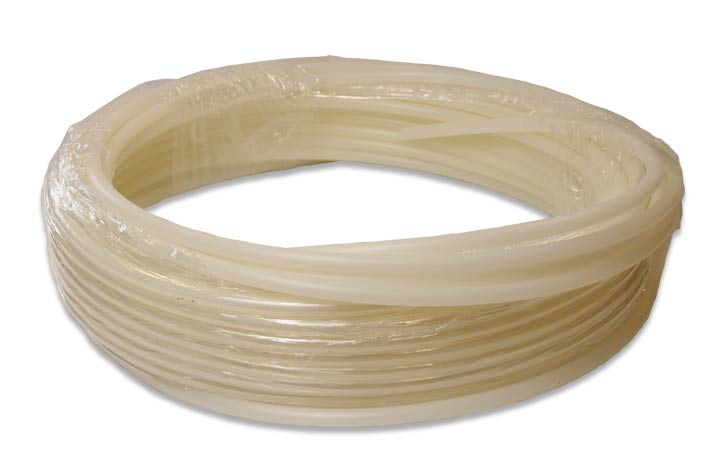- Range of Sizes 16 x 13mm, 13 x 10mm and 10 x 6mm
- Range of Lengths Available Length options vary depending on size ordered
Product Options
Overview
RS Hydro's range of HDPE tubing is available in 6 different sizes to best suit your application.
Use with your choice of footvalve to create an inertial pump as an alternative method to using a bailer.
For available tubing sizes please look at the specifications tab.
Manufactured by: Solinst
Model: HDPE Tubing
Services offered for this product
- Sales
- Rental
- Installation
- Calibration
- Maintenance
Applications
Borehole monitoring
Groundwater monitoring
Contaminated land
Obtaining VOC samples
Specification
| Size | Lengths Available |
| 16mm x 13mm Standard Tubing | 30m and 60m |
| 13mm x 10mm Low Flow Tubing | 30m and 60m |
| 10mm x 6mm Micro Flow Tubing | 30m and 60m |
| 6mm x 4mm Super Micro Flow Tubing | 30m |
FAQ's
A device that collects water samples at a specified depth without need for purging beforehand. Samples taken reflect only the specific water chemistry at the time and location where the sample was taken. It can also be referred to as an individual or catch sample. This type of sampling is recommended when standard purge sampling is impractical or not efficient.
Groundwater sampling relies on the principle that groundwater is characteristic of the water outside the well at that depth.
The 428 BioBailer and 429 Point Source Bailer require a suspension line for raising and lowering the bailer. It is recommended you use a Solinst 103 tag line- this can be attached to the bracket at the top of the sampler. A sample release device is included with each bailer, and discrete interval sampler, to help with transfer to a sample bottle.
The 425 Discrete Interval Sampler includes tubing, of a specified length, that is attached to the sampler for raising, lowering and pressurising the sampler. The tubing is on a reel with fittings to allow the sampler to be pressurised using a high-pressure hand-pump.
Samplers should be slowly and gently lowered through the water column, to create as little mixing as possible, and the sample collected for the desired depth is representative of that depth. And in the case of the 428/429 bailers they should also be gently raised to avoid the check balls being dislodged and the sample contaminated.
For all samplers it is recommended a sample release device is used.
- Lower cost for instrumentation
- Faster sampling
- Little/no water agitation
- Simple
- Allows sampling in wells with small water volumes
- Variety of sample sizes
- Can be used to identify stratified layers of water chemistry in wells/boreholes



